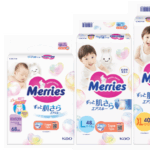We hear about the process of oxidation in our daily life – apples turning brown and fish becoming rancid in a few hours or days. Oxidation is a natural occurrence which happens to all cells. However, what are the dangers of oxidation to our body? Before delving in any further, let’s start with the basics – free radicals.
To refresh your knowledge on chemistry, various cells are found in the human body and these cells are made up of countless different types of molecules consisting one or more atoms of one or more elements fused by chemical bonds. The four main components of atoms are nucleus, neutrons, protons and electrons and the main characteristic of the atom is to achieve maximum stability. In order to do that, the atom needs to fill its outer shell by gaining or losing electrons or sharing its electron.
Usually, bonds split in a nice way where the molecules have their paired electron. However, when weak bonds split, free radicals are formed. They are very unstable and this causes them to react quickly with other compounds to achieve stability. When the nearest stable molecule is attacked, it becomes a free radical itself trying to attack another nearest stable molecule; thus the chain effect. Simply put, free radicals are bullies which reside in your body, making other nice cells to become bullies as well.
When these free radicals are on a rampage, killing another cell is not the main issue as the body could regenerate another one. What you need to worry is the window to diseases that the attack opens when your cells are injured which damages the DNA. We all know that when the cells mutate, it will grow and reproduce abnormally at an alarming rate.
Although the body does create these free radicals to neutralise viruses and bacteria, free radicals are also spawned by environmental factors such as pollution, radiation, cigarette smoke, herbicides and pesticides which causes an excessive amount of free radicals to be present in our body. That is why you need antioxidants to combat these free radicals.
Antioxidants are molecules which can safely interact with these free radicals to terminate the chain reaction before any vital molecules are damaged. They neutralise the free radicals by donating their own electrons which ends the chain reaction. Since the antioxidants are stable in either form, they do not become free radicals. Although these free radicals can be controlled by several enzyme systems within the human body, the principle micronutrient antioxidants are vitamin E, beta-carotene and vitamin C.
Table of Contents
Antioxidants for beauty and health
As mentioned before, free radicals can damage your cells, causing abnormal growth and reproduction, all of which are processes that cannot be stopped by your body. This could lead to a variety of diseases which involves a few chronic diseases such as cancer, heart disease, Alzheimer’s disease and Parkinson’s disease. Your immune system will also be weakened. There is also the damage in skin cells caused by cumulative sunlight. That is why you will need to have sufficient antioxidant in your body to combat the free radical effects and decrease the risk of falling prey to these diseases.
With antioxidants, you could strengthen your immune system. Your body works better at warding off colds, flu and other infections. So, start incorporating fruits and vegetables in your diet. Vitamin C, a type of antioxidant, stops the chain reaction before it starts by capturing the free radicals and neutralising them. On the other hand, vitamin E is a chain-breaking oxidant which breaks the chain reaction by sitting in a membrane.
Other types of antioxidants are lutein which helps your eyesight and may help to prevent cataracts; lycopene which has been shown to reduce the risk of prostate cancer and cardiovascular disease; selenium which creates antioxidant enzymes to prevent cell damage as well as protecting the body from poisons and Vitamin A which assists in vision, cell growth and improve immune function.
Of course, antioxidants are also vital for beautiful skin. Vitamins C and E as well as selenium help to protect your skin against sun damage and skin cancer. According to Karen E. Burke, MD, PhD, of Mount Sinai School of Medicine’s Department of Dermatology, these antioxidants function by speeding up the skin’s natural repair systems and inhibiting further damage. However, you shouldn’t supply children with selenium as it may interfere with the proper formation of tooth enamel.
Another natural antioxidant found in the body is coenzyme Q10 which helps in cell growth while protecting them from damages of cancer. According to a study published in the journal Biofactors, application of this coenzyme Q10 can minimize the appearance of wrinkles.
Retinoic acid, an active form of vitamin A, is important in anti-ageing skin care as it could treat fine wrinkles, age spots and rough skin cause by sun exposure. According to a study published in the Journal of Dermatological Science, researcher discovered that treatment with retinoic acid could restore elastic fibres which keep the skin taut and reduce the appearance of wrinkles.
Flavonoid in green tea and chocolate is also a strong antioxidant which could protect the skin from cancer and inflammation. This is concluded in a German study in the Journal of Nutrition which found that woman who drank hot cocoa with a high concentration of flavonoid for 3 months had smoother and softer skin compared to those who drank hot cocoa with a lower flavonoid concentration.
Antioxidant detective: The best antioxidant-rich foods
 1. Berries
1. Berries
Rich in proanthocyanidins which helps to prevent cancer and heart diseases, blueberries, raspberries and blackberries are great additions to yogurt and cereals, even taken just as a snack.
 2. Broccoli
2. Broccoli
As the most nutritious vegetable, broccoli contains more vitamin C than an orange and more calcium than a glass of milk. Filled with phytonutrients, it can lower the risk of many types of cancers. Broccoli is also easily served, simply by steaming or boiling it. Of course, it is also a perfect addition to salads or stir-fries.
 3. Garlic
3. Garlic
There is a reason for it to be used as the flavouring agent for any dish, from natural antibiotic to kill off some strains of harmful bacteria, to decrease blood pressure and cholesterol. Garlic is also known to remove heavy metals from the body, prevent cancer and act as an antifungal and antiviral agent.
 4. Green Tea
4. Green Tea
Containing high concentration of catechin polyphenols, they work in the body with other chemicals to heighten levels of fat oxidation and thermogenesis. Green tea has also been shown to be preventative against cancer, heart disease and high cholesterol.
 5. Tomato
5. Tomato
Tomatoes net the gold medal in containing the powerful anticancer agent, lycopene. Fat is vital for optimal absorption of lycopene. Thus, adding a fat dose of the healthy olive oil in your spaghetti is a smart trick to increase your lycopene levels.
Of course, there are also many other antioxidant rich foods which you can always add into your diet:
Good sources of lycopene: Watermelon, pink or red grapefruit
Good sources of selenium: Brazil nuts, tuna, beef, cod, turkey, chicken breast, eggs, cottage cheese, brown rice, enriched wheat bread, black walnuts.
Good sources of vitamin C: Asparagus, cabbage, cantaloupe, honeydew, watermelon, cauliflower, lemons, oranges, fortified breads or grains or cereals, kale, kiwi, potatoes, spinach.
Good sources of vitamin E: Wheat germ oil, almonds, sunflower seeds, sunflower oil, safflower oil, hazelnuts, peanut butter, corn oil, spinach, soybean oil, kiwi and mango


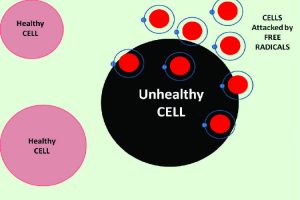
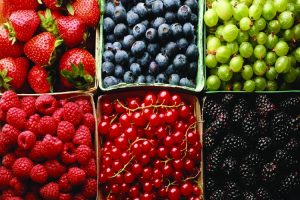 1. Berries
1. Berries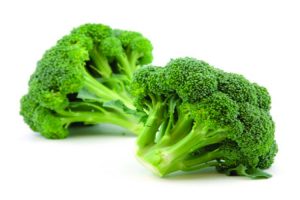 2. Broccoli
2. Broccoli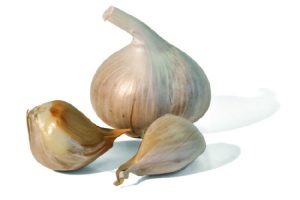 3. Garlic
3. Garlic 4. Green Tea
4. Green Tea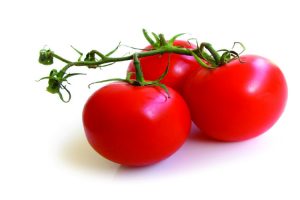 5. Tomato
5. Tomato






